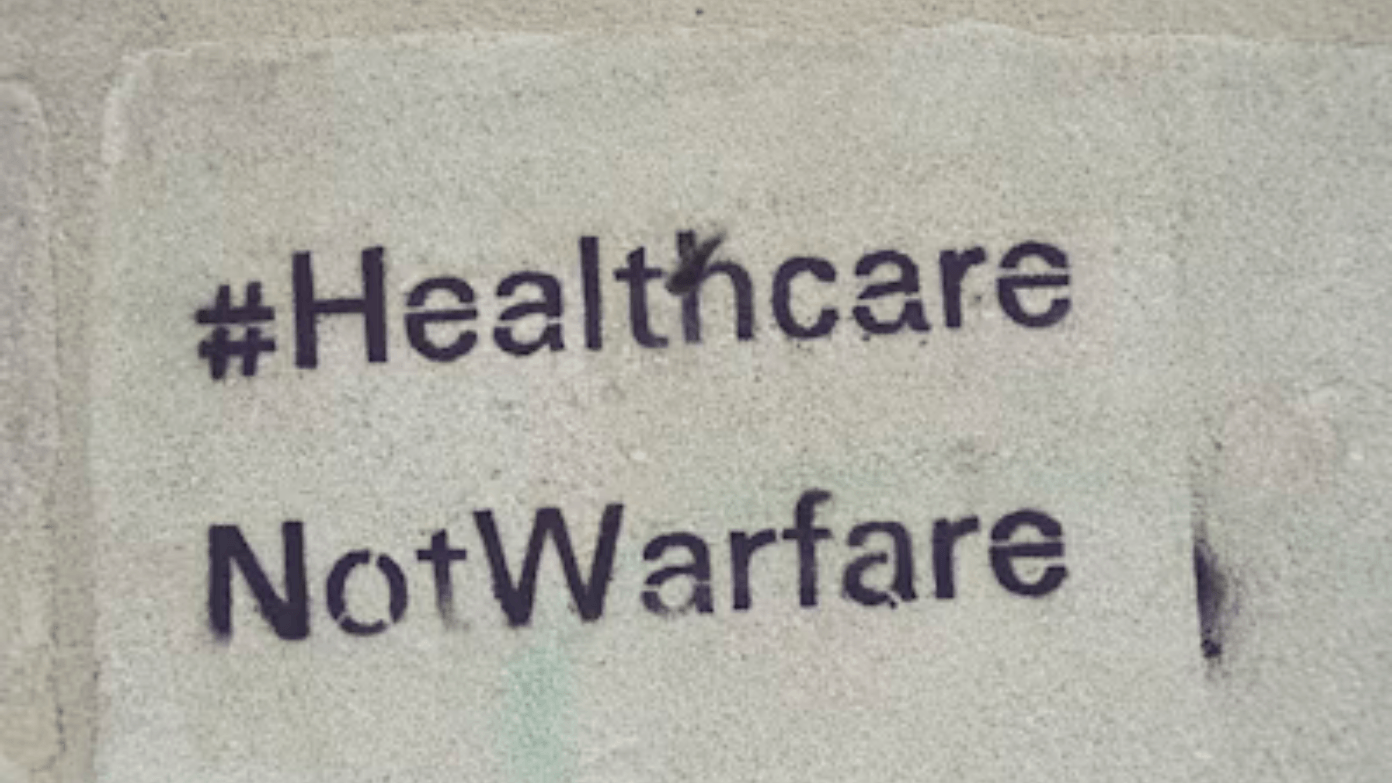End of continuous enrollment in COVID
The continuous enrollment provisions for Medicaid and CHIP under the Families First Coronavirus Response Act expired in March 2023, causing the regular eligibility redetermination process to resume. During the public health emergency of three years, states were not allowed to terminate coverage except in cases of voluntary disenrollments or changes in residency. With that lifted, New Yorkers began having their standard renewal processes effective from April 2023.
“It is a grave threat to the health and well-being of New Yorkers with the passage of the Congressional Budget Reconciliation Bill. The department will weigh its effects on the law on behalf of all New Yorkers and will work to lessen its impact,” said New York State Health Commissioner Dr. James McDonald in an interview with Newsweek. He also stated after the announcement of the Federal Government cutting funding for Medicaid coverage for children, “Children deserve every opportunity to grow up healthy and thrive. Ensuring they have access to health coverage during their critical years of developments is both the right thing to do and sound public health investment.”
Loss of the health plan is a part of the ongoing national disenrollment process, a process whereby states resume regular eligibility checks and terminate health plans of individuals who no longer qualify for Medicaid and CHIP after a period of continuous enrollment. This process was paused during COVID and reinstated in April 2023.
How widespread is disenrollment?
March 2023 and March 2025 saw the median New York Medicaid enrollment decline from 7,518,061 to 6,585,835, which is an approximate drop in numbers of 932,000. Those figures already indicated that by October 2024, enrollment had dropped by 865,000, from more than 7.5 million in March 2023 to under 6.7 million. This amounts to a nearly 12 percent decrease in public coverage over two years, though disenrollments are expected to reach their highest numbers in the months immediately after the end of continuous enrollment.
Most of the disenrollment reflected the reality that the beneficiaries were ineligible but research shows that close to 70 percent of them lost coverage for procedural or paperwork reasons and not income disqualification. In New York, about half of such administrative losses stem from the incomplete renewal forms, missed deadlines, or bad contact addresses, instead of changes in the circumstances of the beneficiaries themselves. This is called churn for it mainly affects families who are unstable in housing, limited in terms of English proficiency, and/or have other barriers to digital access.
Risks faced by New Yorkers
Disenrollments will put individuals at risk from several angles:
- Coverage gaps: Because many low-income adults and children lack either Medicaid or CHIP, they may put off essential preventive care, or vaccinations, or not manage chronic conditions.
- Financial burden: An emergency hospitalization can lead to totally unplanned catastrophic expenses for the family and drive the family deeper into poverty.
- Healthcare disparities: Vulnerable populations, be it children, older adults, or persons with disabilities, become vulnerable even to a higher level of risk for adverse outcomes in case of shorn insurance.
Some may qualify for employer-sponsored plans or provisions of the Affordable Care Act marketplace, but the rates of enrollment in other programs remain low. Preliminary data indicate that fewer than 15 percent of statewide disenrollments shift to marketplace plans, leaving the overwhelming majority uninsured or in limbo.
Several key strategies have been pursued by both New York State and federal agencies to lessen the effects of this situation:
- Automated renewals: Expansion of ex parte renewals using existing state data for reducing paperwork requirements.
- Children: Provide 12-month continuous eligibility for children under CHIP to prevent mid-year disenrollments.
- Outreach and assistance: Work with community organizations and Medicaid managed care plans to assist enrollees through the redetermination process.
- Modernizing systems: Improve state eligibility systems to prepopulate forms and send reminders in multiple modalities (mail, text, email).
The possibility of continuous enrollment or increased federal funding incentives to reduce administrative losses could be implemented through gradual reintroductions of some protections, but without steady investment and streamlined processes, coverage loss could still happen.
A state-wide cooperative effort among agencies at the state level, community partners, and health systems will be needed to restore or maintain health coverage for nearly one million disenrolled New Yorkers. Otherwise, the end of COVID-era measures may well translate into increased uninsured rates, poorer health outcomes, and higher long-term costs for New York’s health care system.
Read more: What are the highest paying savings accounts right now?

